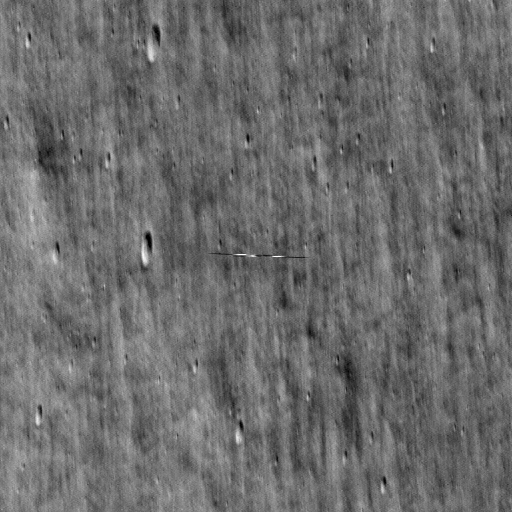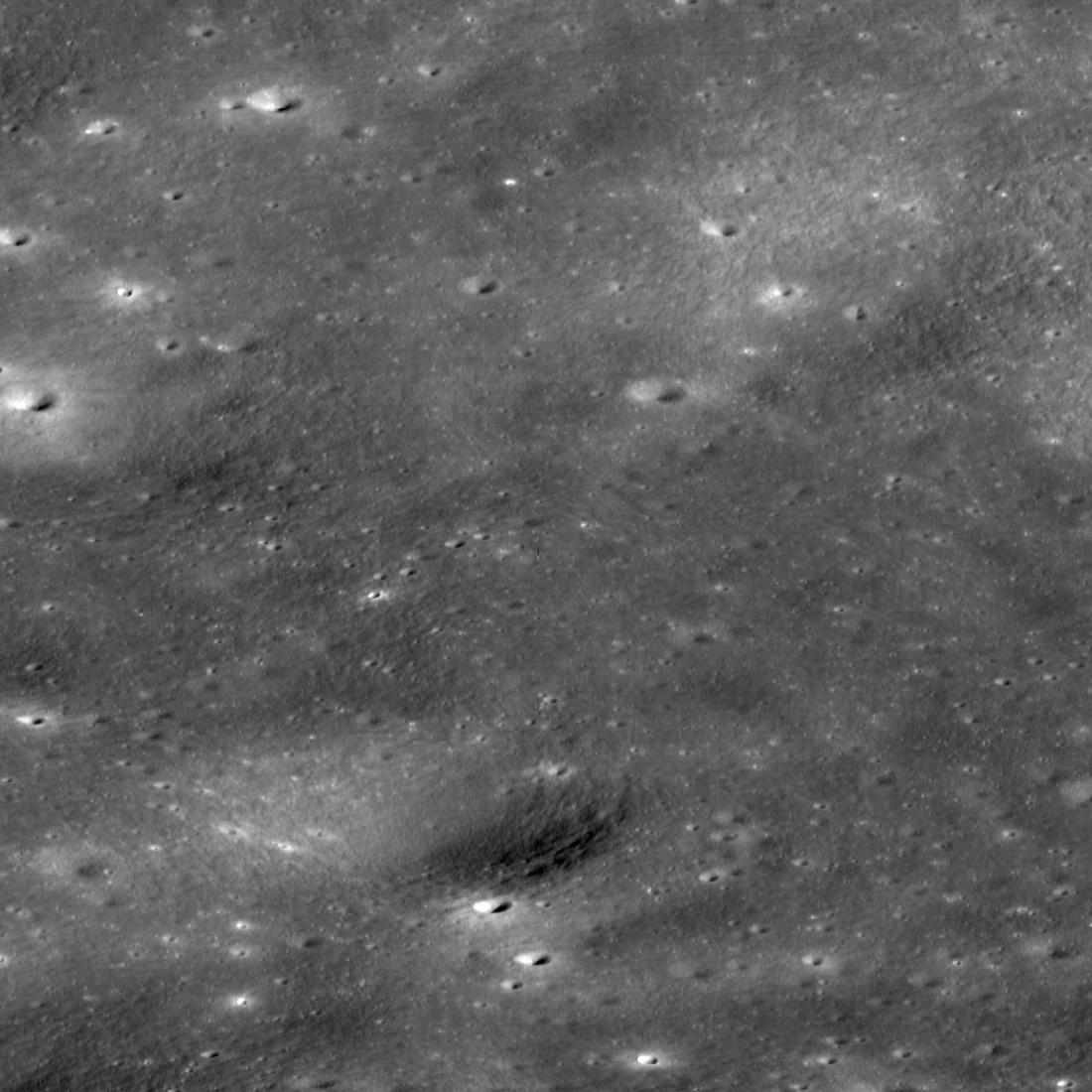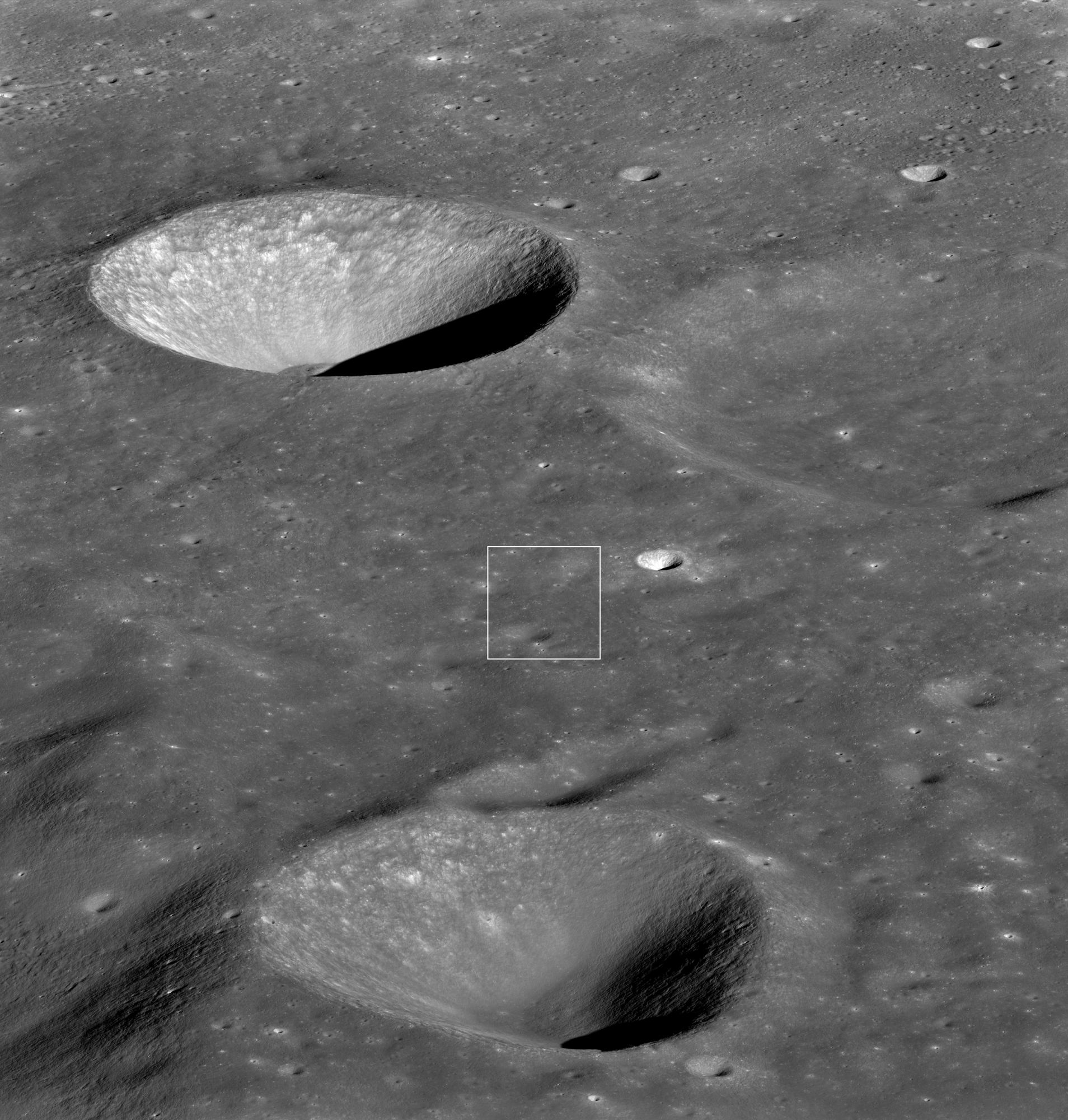The LRO spacecraft, which has been studying the Moon for 15 years, has photographed its “colleague”. The South Korean Danuri lunar orbiter got into its pictures.

LRO and Danuri are in almost parallel orbits, moving in opposite directions to each other. Because of this, the vehicles periodically meet from time to time. The last series of such approaches occurred between March 5 and March 6, when the spacecraft rushed past each other three times at a speed of 3.2 km/s. NASA specialists decided to take advantage of this opportunity to photograph the Danuri.


Since the speed of approach was very high, the specialists had to calculate everything extremely accurately in order to direct the LROC camera to the right place and at the right time. The exposure time was very short and was only 0.338 milliseconds. But still, the Danuri turned out to be “smeared” more than 10 times in the direction of the flight path.

During the first meeting, Danuri and LRO were separated by a distance of 5 km. For the second time, they rushed at a distance of 4 km from each other.

For the last photo, the LRO was reoriented in such a way as to make the image look as if it was made from a “window”. The corresponding Danuri pixels were stretched to highlight the South Korean spacecraft. The diameter of the large cup-shaped crater in the photo is 12 km.
Earlier, we talked about how Danuri photographed the landing sites of the Apollo 11 and Apollo 17 expeditions.
According to https://www.nasa.gov
Follow us on Twitter to get the most interesting space news in time
https://twitter.com/ust_magazine


